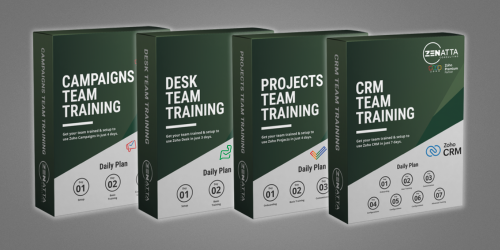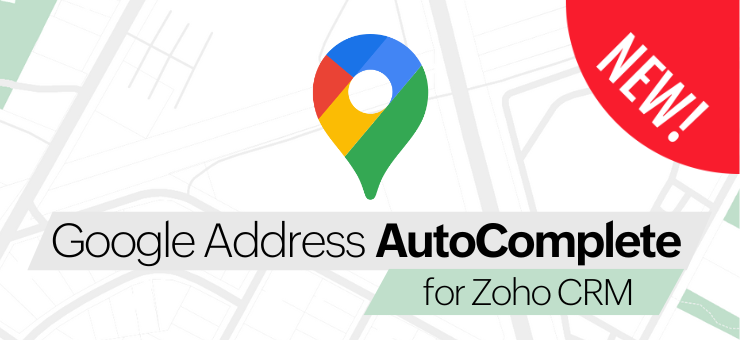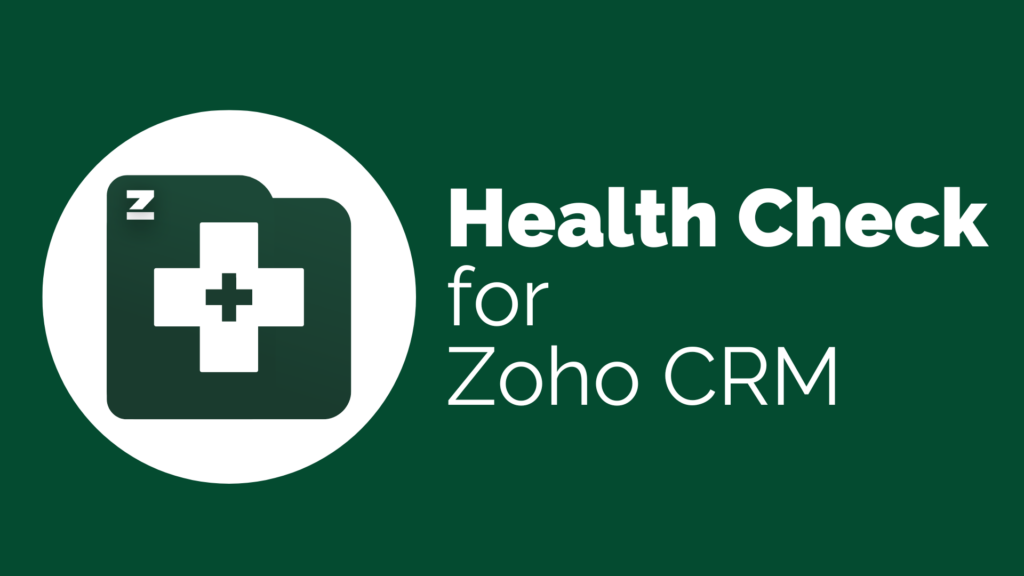If you’re using Zoho CRM and looking to improve your lead management process, Zoho CRM lead scoring is a powerful tool you should be leveraging. It allows you to assign numerical values to your leads based on specific actions and field values, helping your team prioritize follow-ups and maximize conversions.
In this guide, we’ll walk through how to set up lead scoring, interpret scores, and integrate it into your sales workflows for better outcomes.
What Is Lead Scoring in Zoho CRM?
Lead scoring is a way to quantify a lead’s engagement and quality by assigning points based on their actions and attributes. While it’s commonly used for leads, you can also score contacts, accounts, or other records in Zoho CRM.
Setting Up Lead Scoring Rules
1: Navigate to Scoring Rules
- Go to Settings (the cog icon).
- Under Automation, select Scoring Rules.
2: Create a Scoring Rule
- Name your rule (e.g., “Example Scoring Rule”).
- Choose the relevant module (usually “Leads”).
- Apply it to all layouts or a specific one.
3: Add Scoring Criteria
You can assign points based on:
Field Values:
- Example: If Annual Revenue is above a threshold, assign +10 points.
- Subtract points for negative indicators like Campaign Opt-Out (e.g., -50 or -100 points).
Interactions:
- Email: +5 points for opens, +10 for clicks.
- Surveys: +5 for visits, +10 for responses.
- Zoho Campaigns: Similar scoring to CRM emails.
- Webinars: Score based on registrations or attendance.
- Zoho Sign: Positive for signed documents, negative for declines.
- Social, Backstage, Desk, and MailChimp: Also scorable if integrated.
? Tip: The actual point values are relative. Choose a consistent scale (e.g., use multiples of 5 or 10).
Viewing Lead Scores in CRM
When setting up the scoring rule, enable score fields such as:
- Overall Score
- Positive/Negative Score
- Touch Point Score (reflects only interaction-based points)
You can update existing records to reflect the new rules immediately.
Using Lead Scores Effectively
1. Manual Outreach via Custom Views
Create views like “High Score Leads” by filtering:
- Score ≥ 50 (or your chosen threshold)
- Exclude disqualified statuses (e.g., Junk, Lost)
Add the score field to your view for easy sorting. This is great for sales teams needing to prioritize hot leads—especially useful after trade shows or list imports.
2. Automated Workflow Triggers
Use workflows to act when scores change:
- Score Decrease: Trigger a task for sales to follow up if:
- Email bounces
- A document is declined
- A contact opts out
This keeps your team proactive, not reactive.
Final Thoughts
Zoho CRM lead scoring empowers your sales process by surfacing high-value leads and ensuring timely follow-ups. Here’s your action plan:
- Set up scoring based on key attributes and behaviors.
- Create views to isolate and target top leads.
- Automate responses when scores change significantly.
This three-step method helps streamline your sales operations and ensures no valuable lead slips through the cracks.





